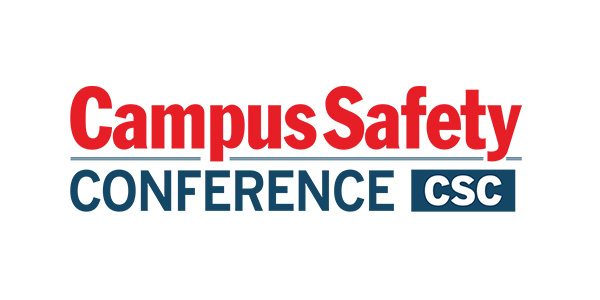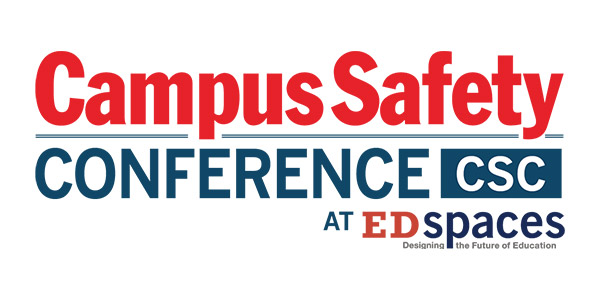Capturing the attention of students is challenging for any university. While Facebook, Twitter and other social media channels often bring students together, it can be difficult for teachers and faculty to break through the noise. That’s why an increasing number of universities heavily rely on one-on-one communication methods — including voicemail, E-mail and, most recently, SMS messaging.
The Clery Act — which mandates all universities must issue timely warnings about events and activities that pose a serious or ongoing threat to their campus community — prompted many universities to deploy mass notification systems, but the majority of these systems remain unused outside of emergency situations. Today, universities nationwide are beginning to think outside the box, proactively utilizing these standby systems to engage student populations, improve faculty-student communication, address retention issues, manage enrollment and more. Coppin State, located in Baltimore, is an example of this out-of-the-box thinking.
The university recognized that direct, consistent and targeted one-on-one communication beyond emergency notifications is critical to ensuring its students stay on track; however, basic E-mail communication wasn’t generating much response.
Data from Coppin’s annual student technology usage survey revealed that more than 75% of its students owned a cell phone with a text-messaging plan. This underscored research from the Pew Research Center and Educause, which indicates an increasing popularity of text messaging among college aged students. Faculty were constantly being told by their students that they wanted to receive text message reminders and notices regarding their course work.
“We knew students were more likely to respond to text messages, yet our faculty, understandably, didn’t want to send texts from their personal phones,” says Dionne Curbeam, Ed.D., Coppin’s director of instructional technology.
Hoping to capitalize on existing assets, Coppin audited the capabilities of its emergency outreach software and found that the system didn’t support groupings, targeted messages or phone calls. Ultimately, school administrators determined it was time for a change.
Advertising-Driven Solutions Wouldn’t Do
Coppin administrators began researching third-party text messaging systems but were disappointed to learn that many are driven by advertising. University officials suspected these vendors would sell or spam the university’s contact list and ruled the solutions out. When searching for a new solution, the university wanted it to be more than just an emergency notification system. It was critical for Coppin State to be able to switch from its current system to the new system without any downtime, and that the data from the old system could be transferred to the new system.
There was also a specific blend of functionality Coppin administrators desired from their new system. From a faculty standpoint, it was important the system enabled faculty to send text messages to students directly from Blackboard Learn, which is a technology platform that enables faculty and administrators at institutions of higher education to reach students on various mobile devices. The solution also had to be easy-to-use. From an administration perspective, the university wanted a system to send targeted text messages to select groups, had a robust reporting feature, would not sell student information to third-party vendors and could integrate with social networking tools.
A least three vendors either provided a demonstration or information to the faculty information technology committee (FITC), which is the shared governance body on campus in regard to technology purchases.
“Once we saw the demonstration of Blackboard Connect, we fell in love with it,” Curbeam says.
The Blackboard Connect mass notification service contained all of the features the university desired in a notification system, outweighing its competitors in ease-of-use, integration with Blackboard Learn, and robustness of reporting tools. The system allowed the university to have sub-sites within its major sites, allowing different administrative departments (such as records, registration and financial aid) to access students via text and phone. It also provided useful and relevant features the university did not consider when initially searching for a solution. These features included the ability to send emergency messages from an iPad or iPhone using the mobile app, a survey function, the ability to call multiple phone numbers and integration with RSS feeds. Additionally, Blackboard Connect offers round-the-clock customer service and helped move data from Coppin’s previous system to Blackboard Connect.
New System Ensures Information Remains Secure
After the university replaced its emergency notification system with Blackboard Connect in January 2011, it concurrently implemented Blackboard Connect for Learn directly from the Blackboard Learn learning management system. Together, the systems allow Coppin State to send text messages in a secure environment, without faculty and students directly sharing phone numbers or distributing sensitive contact information to a third party. The technologies also allow administrators to select targeted groups of students to receive specific messages — whether they be enrollment reminders, classroom change notifications, financial aid updates or invitations to upcoming events — eliminating blast messages, which can cause communication fatigue.
With virtually no on-campus promotion, the university instantly had a hit on its hands: “It just took off,” Curbeam says. “The Blackboard Connect for Learn service became this great thing on its own. Everyone really likes and appreciates it.”













